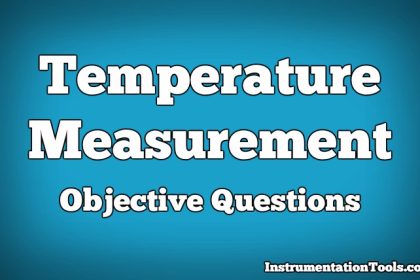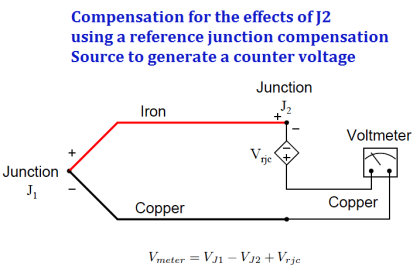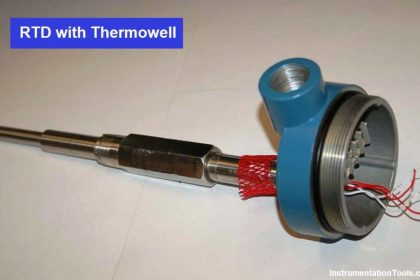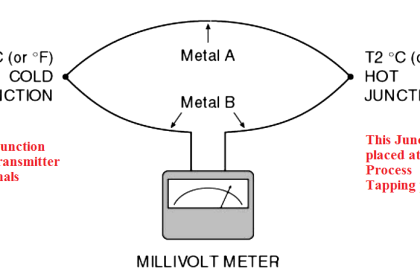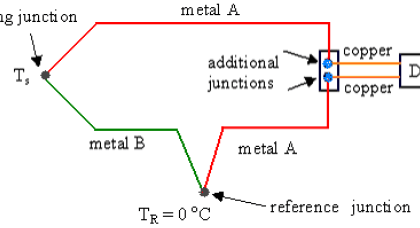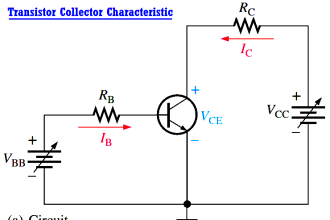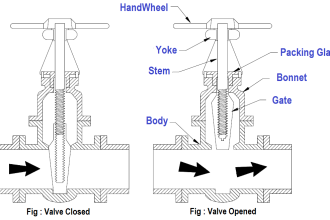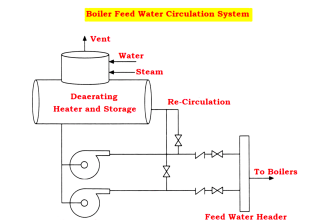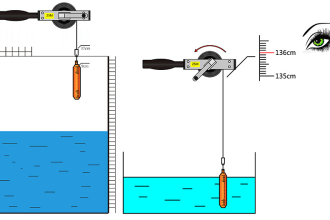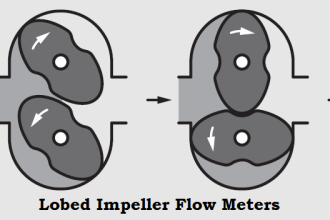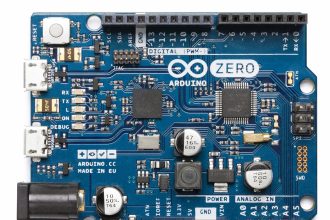Simple Conversions of Celsius and Fahrenheit Temperature Scales
1. Standard Conversion
°F to °C : Deduct 32, then multiply by 5, then divide by 9
°C to °F : Multiply by 9, then divide by 5, then add 32
2. Use 1.8 instead of 9/5
°C to °F : °C × 1.8 + 32 = °F
°F to °C : (°F − 32) / 1.8 = °C
3. Add 40, Multiply, Subtract 40
°C to °F : Add 40, multiply by 9/5, then subtract 40
°F to °C : Add 40, multiply by 5/9, then subtract 40
4. Fast Conversion but NOT Accurate :
°C to °F : Double, then add 30
°F to °C : Subtract 30, then halve
What Temperature are Celsius and Fahrenheit Value Same?
The formulas for converting between degree Celsius and degree Fahrenheit are:
°F = (°C * 9/5) + 32
°C = (°F – 32) * 5/9
To find the temperature when both are equal, we use an old algebra trick and just set ºF = ºC and solve one of the equations.
°C = (°C * 9/5) + 32
°C – (°C * 9/5) = 32
-4/5 * °C = 32
°C = -32 * 5/4
°C = -40
°F = (°F * 9/5) + 32
°F – (°F * 9/5) = 32
-4/5 * °F = 32
°F = -32 * 5/4
°F = -40
So the temperature when both the Celsius and Fahrenheit scales are the same is -40 degrees.
Reason :
Both the Celsius to Fahrenheit and Fahrenheit to Celsius equations are linear (no quadratic terms) implying they are straight lines. They have different slopes and are non-parallel with a single solution. If we solve for this solution or plot both the lines, we see that the intersect at (-40,-40). The fact that they intersected at a whole number is purely coincidental.
Anders Celsius actually defined his temperature scale exactly the opposite way that everybody thinks he did. He originally defined 0 as the boiling point and 100 as the freezing point. This was changed around the time of Celsius’ death in 1744, by two eminent contemporary scientists working independently of each other — Frenchman Jean-Pierre Christin and Celsius’ fellow Swede Carolus Linnaeus. Since this matched the arrangement of the other scales then in use (Fahrenheit and Reaumur, mostly — Kelvin and Rankine were about a century away still), the proposals were widely accepted and we still use 0 for freezing and 100 for boiling today.
Also Read : Peltier Effect Theory



